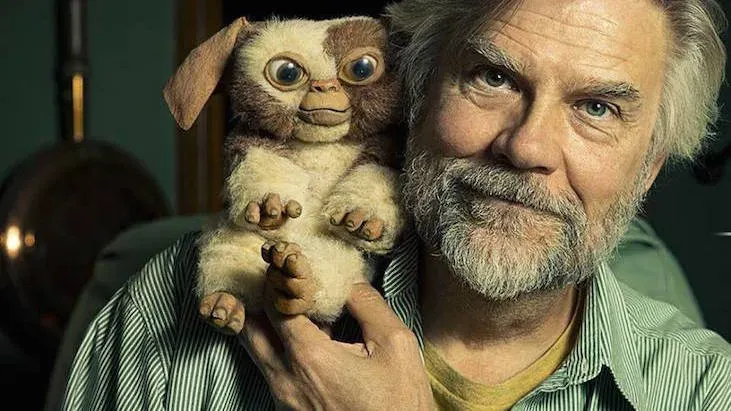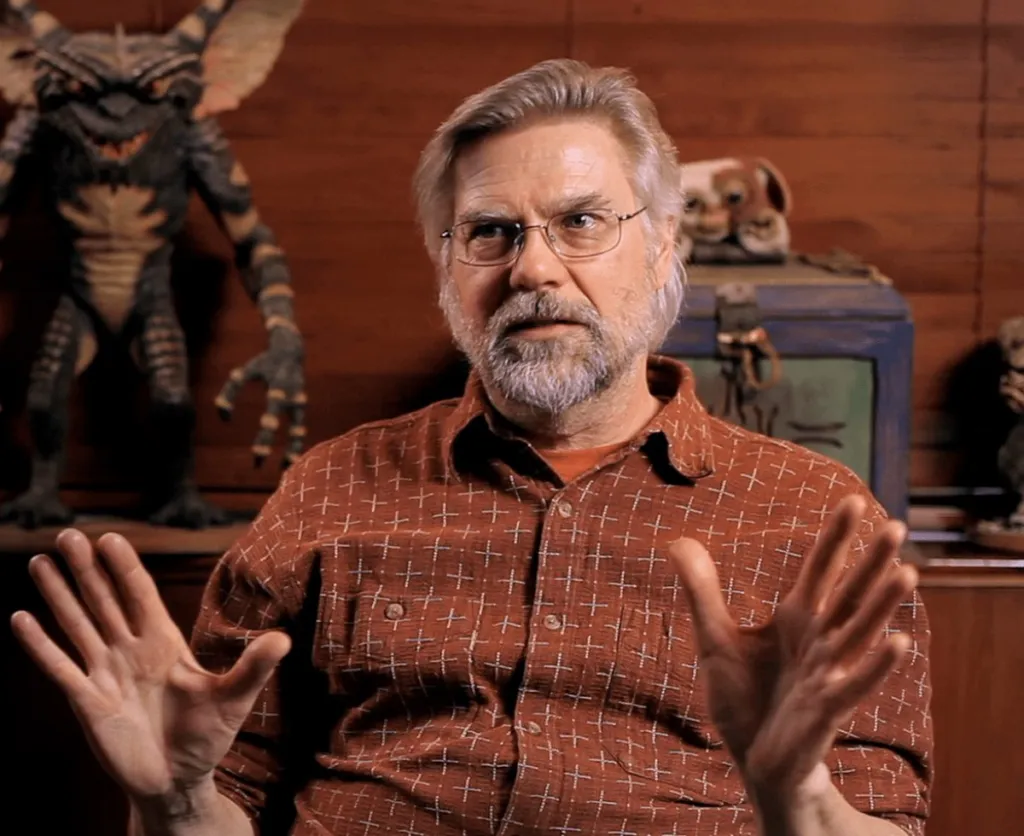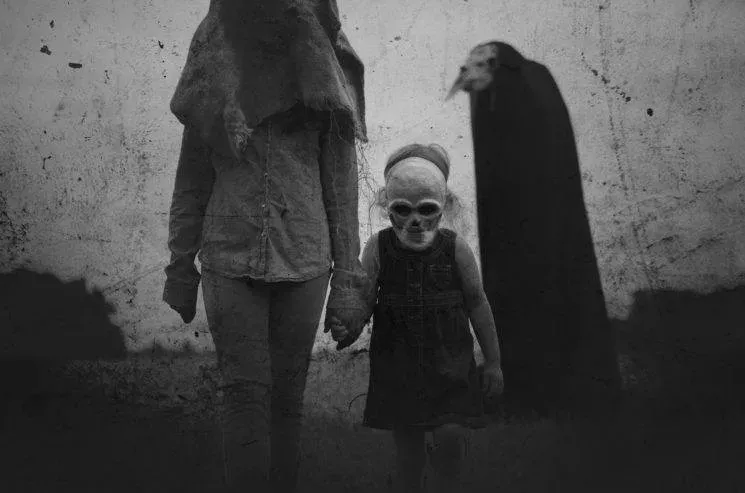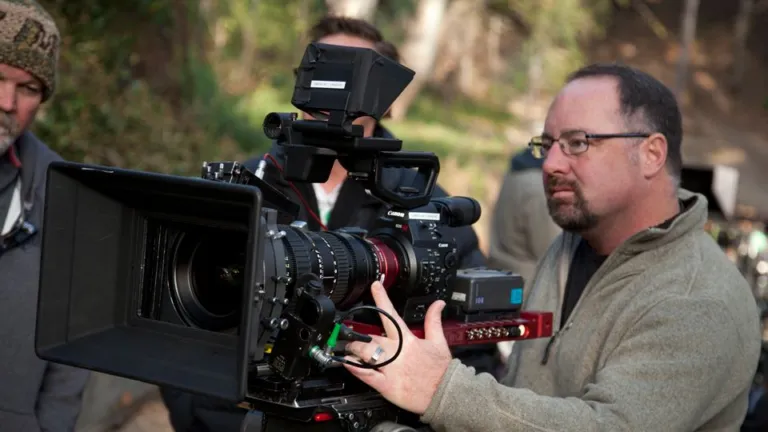With Chris Walas Comes Great, Great Responsibility…
In the vast world of special effects, few names resonate with the impact and influence of Chris Walas. If you’re a film enthusiast, especially of horror and sci-fi, it’s almost impossible not to have encountered his work, even if you’ve never heard his name. But who is Chris Walas, and why is he considered one of the undisputed masters of special effects?
The Beginning: A Passion for the Fantastic
Chris Walas was born on April 16, 1955, in Chicago, Illinois. From a young age, he showed an insatiable interest in everything fantastic and extraordinary. He was fascinated by the monsters and creatures that populated the sci-fi and horror films of the 1950s and ’60s— influences that would form the foundation of his future career. With his obsession with monsters and passion for art, Walas decided to pursue a career in special effects, a decision that would forever change the face of cinema.
The Breakthrough: Return of the Jedi and Gremlins
Walas started his career working on smaller projects, but his talent quickly brought him into the Hollywood spotlight. One of his first major jobs was with the special effects team on Return of the Jedi (1983), the third installment of the original Star Wars trilogy, where he contributed to creating some of the iconic creatures in George Lucas’s universe. This project helped establish him as one of the best in the business.
But it was with Gremlins (1984) that Walas became a household name. Working with director Joe Dante, Walas and his team brought to life the mischievous Gremlins, small and chaotic creatures that both terrified and delighted audiences. The design and animation of the Gremlins quickly became a benchmark in the industry, earning Walas a reputation as one of Hollywood’s top creature creators.
 The Triumph: The Fly
The Triumph: The Fly
Chris Walas’s true masterpiece came in 1986 when he was chosen to handle the special effects and makeup for The Fly, directed by David Cronenberg. The film tells the tragic story of a scientist, played by Jeff Goldblum, who, due to a failed experiment, slowly transforms into a giant fly. Walas’s work on this film was groundbreaking.
The horrifying and realistic transformations of the protagonist, Seth Brundle, not only terrified viewers but also showcased the incredible possibilities of practical effects. Each stage of Brundle’s transformation was meticulously designed and executed by Walas and his team, culminating in one of the most disturbing and memorable sequences in cinematic history.
For his work, Chris Walas won the Academy Award for Best Makeup in 1987, solidifying his position as one of the masters of special effects.
Beyond the Big Screen: Director and Innovator
The success of The Fly allowed Walas to take a major step toward directing. In 1989, he directed The Fly II, the sequel to Cronenberg’s film. Although the film didn’t reach the level of its predecessor, it showcased Walas’s abilities as a visual storyteller and monster creator. The mutant fly in the sequel stands as another testament to his extraordinary talent in bringing creatures to life on the big screen.
In addition to directing, Walas continued to work as a special effects supervisor on numerous other films, experimenting with new technologies and techniques. His work has always been characterized by a blend of traditional craftsmanship and innovation, combining prosthetic makeup, animatronics, and later, digital effects.
 Legacy and Impact
Legacy and Impact
Chris Walas’s impact on the film industry is immeasurable. He inspired a generation of artists and special effects technicians, proving that cinema can transform the ordinary into the extraordinary and the normal into the monstrous. Even though his name may not always be front and center, his creations live on in the collective imagination.
Walas demonstrated that true horror doesn’t reside solely in visual effects but in the ability to tell stories through the physical transformations of characters. His attention to detail, dedication to craftsmanship, and ability to push the boundaries of what’s possible have made Chris Walas a legend in the world of special effects.
In an era where digital effects dominate cinema, Walas’s work reminds us of the importance of practical artistry and human touch in creating fantastical worlds. His creatures, whether Gremlins, mutant flies, or alien monsters, will remain forever etched in the history of cinema—a tribute to the genius of a man who dedicated his life to making the impossible a visual reality.
Don’t miss our articles on the other special effects masters in our Top 10… they’ve shaped horror’s imagination and inspired generations of filmmakers and fans.
 Subscribe to our YouTube channel
Subscribe to our YouTube channel

 The Triumph:
The Triumph:  Legacy and Impact
Legacy and Impact




